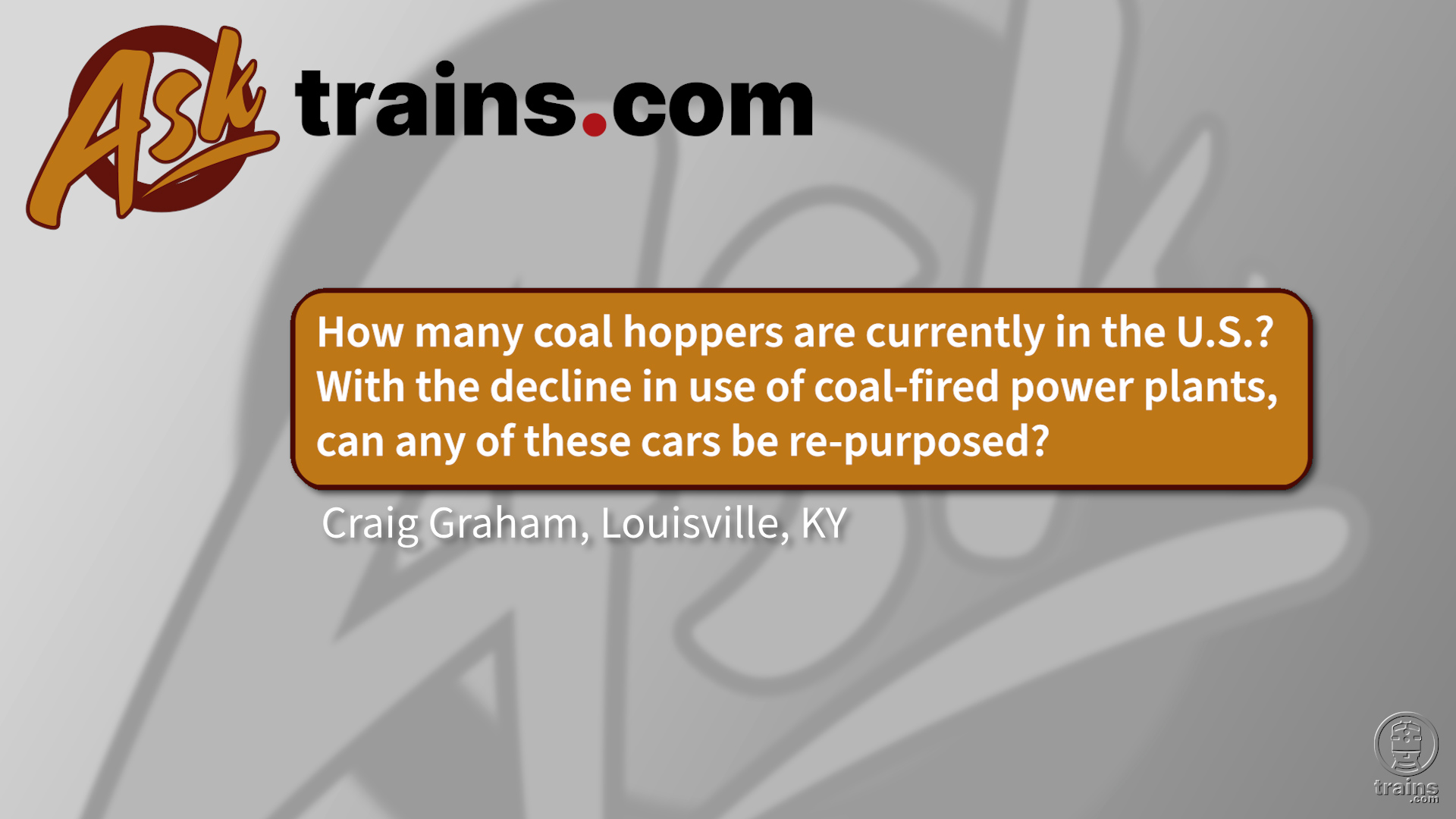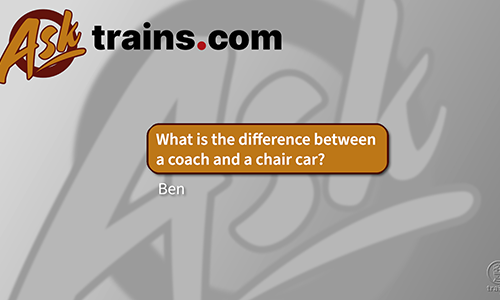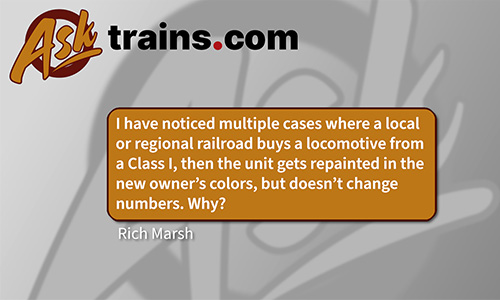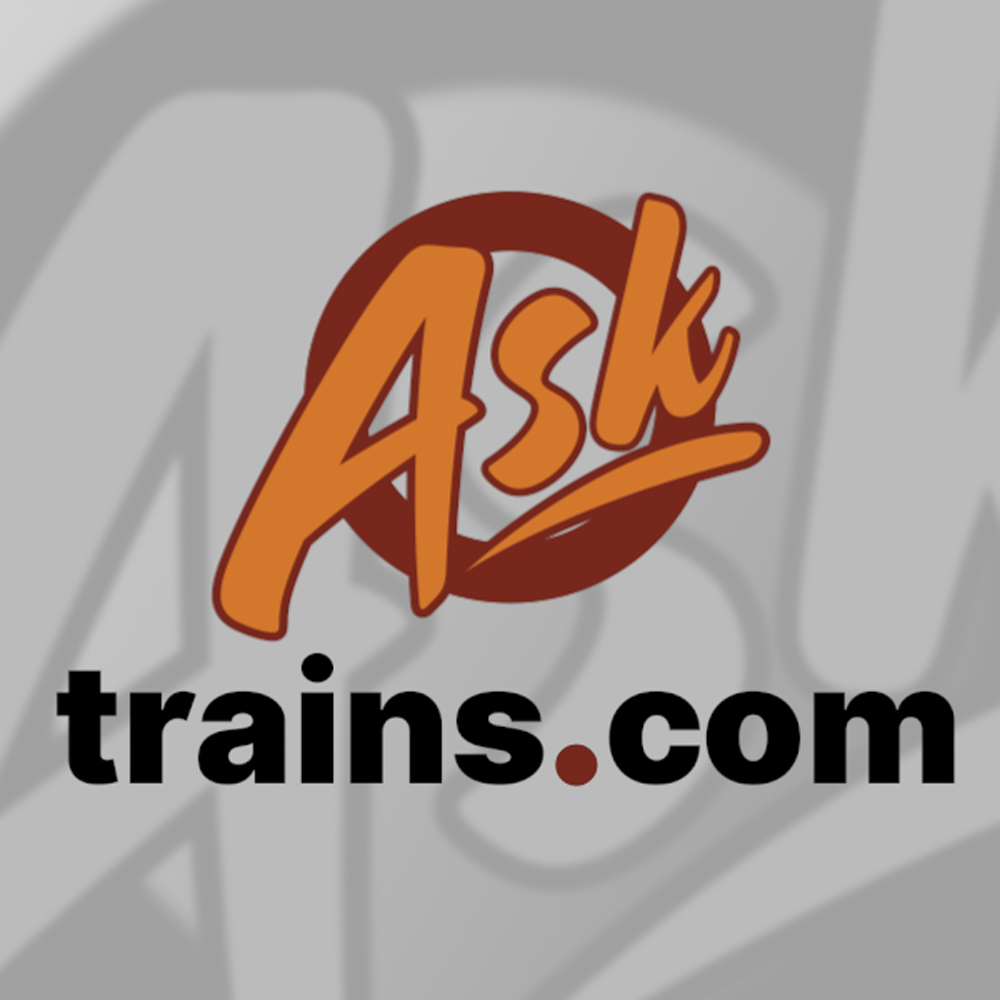A The Soo Line got its nickname from its original full name, the Minneapolis, St. Paul & Sault Ste. Marie. “Sault,” pronounced “Soo,” is the nickname for the twin cities of Sault Ste. Marie in Ontario and far eastern Upper Michigan (as well as the immediate surrounding region), on the 63-mile St. Mary’s River that flows from Lake Superior into Lake Huron. “Soo Line” became the railroad’s official name in 1961 when MStP&SSM merged itself and two subsidiaries, the Duluth, South Shore & Atlantic and the original Wisconsin Central Railroad. (The Chicago, Indianapolis & Louisville did the same in 1956, without a merger, officially rechristening itself with its universal nickname, Monon Railroad). – Jeff Wilson and J. David Ingles
A A locomotive’s driving-wheel journal boxes moved up and down in the frame over irregularities in the track, constrained by the springs and equalizers of the suspension system. To allow for wear, the frame pedestal jaws were not parallel. Rather, one side was tapered so that the dimension was larger at the bottom than it was at the top. On the tapered was a driving-box wedge, which could be held in adjustment with a bolt. The idea was to allow the box freedom to move up and down but allow as little back-and-forth movement as possible, to keep the axles square with the frame (called “in tram”).
On my railroad, the Norfolk & Western, Class 1 repairs were seldom done; these entailed practically an entire new boiler plus general machinery repairs.
Class 2 repairs included a new firebox and general machinery repairs; they were were made about every 13 or 14 years (the famous Class A 2-6-6-4 1218’s sister engine, 1220, was the last N&W engine to get a Class 2, in summer 1957; I was working in Roanoke shop at the time).
Class 3 repairs included all new tubes and flues, possibly a firebox sheet or two, plus general machinery repairs. N&W seldom used Class 4.
Class 5 repairs were general boiler and necessary machinery repairs to make the engine good until mileage dictated the next Class 5. A Class 5 might also include the renewal of a number of tubes and flues. – Ed King
A The date of your list is the key. A “MacArthur” was a 2-8-2, usually a “Mikado” but which was renamed by some carriers for Gen. Douglas MacArthur during the World War II era, when anything indicating a Japanese connection was considered not in good taste.
Historically, the new 2-8-2 name never took hold, and they remained “Mikados” or “Mikes” for short. According to Kalmbach’s Guide to North American Steam Locomotives (Kalmbach, 1993) by George Drury, the Mikado name originated in 1897 when Baldwin built some 2-8-2s for the Nippon Railway of Japan. The first true 2-8-2 for U.S. service was built in 1901.
You are right about 4-8-4s. According to Drury, the 4-8-4 type had more U.S. nicknames than any other steam wheel arrangement. Northern Pacific had the first, in 1926, hence the popular label.
Other 4-8-4 names included Golden State or General Service (Southern Pacific); Greenbrier (Chesapeake & Ohio); Dixie (Nashville, Chattanooga & St. Louis); Niagara (New York Central); Pocono (Lackawanna); Potomac (Western Maryland); and Wyoming (Lehigh Valley). – J. David Ingles
A Although all the compartments of a three-pack or a five-pack share one car number, there must be a way to note the individual compartments. In the case of deep-well cars, letters are used. “A” and “B” will always be on opposite sides of the deep-well car for car identification purposes. Like you identify your automobile by the driver’s side and the passenger side, freight cars must have an “A” end and a “B” end to differentiate the latter, which represents the handbrake end of the car. – Sayre C. Kos
A Many variables enter into determining the answer. Locomotives have various horsepower ratings, and determining the answer is a matter of how much effort can be exerted, not how many locomotives are needed. If a train is made up of mostly loaded cars, it will require more horsepower-and therefore, more locomotives-than a train of empties.
Route topography is also a factor. Curves and gradients create propulsion resistance, so more locomotives are required to compensate for the resistance. Railroads have developed “tonnage rating charts,” which are spreadsheets that specify how much tonnage a particular locomotive type can pull over a given subdivision or segment of railroad.
Finally, railroads often have train operating requirements that dictate how much horsepower is required to pull any given number of trailing tons, a figure that is expressed as horsepower per ton (HPT). The ideal HPT rating varies by the railroad’s objectives: If a train is marketed as a fast service, the train gets more power to get over the road faster. On the other hand, if a railroad wants to keep operating costs low, a train operates with fewer locomotives and a lower HPT rating. – Sayre C. Kos













